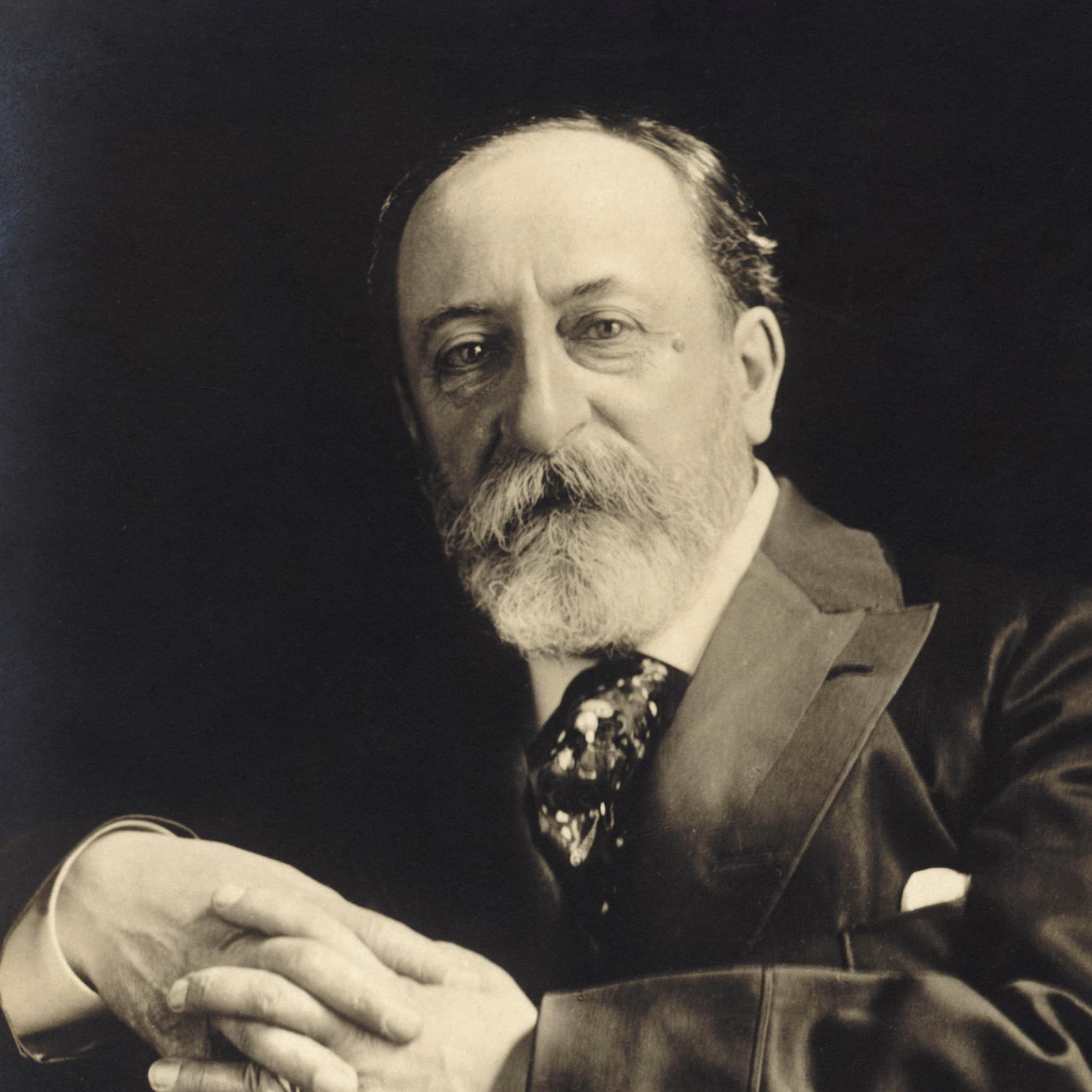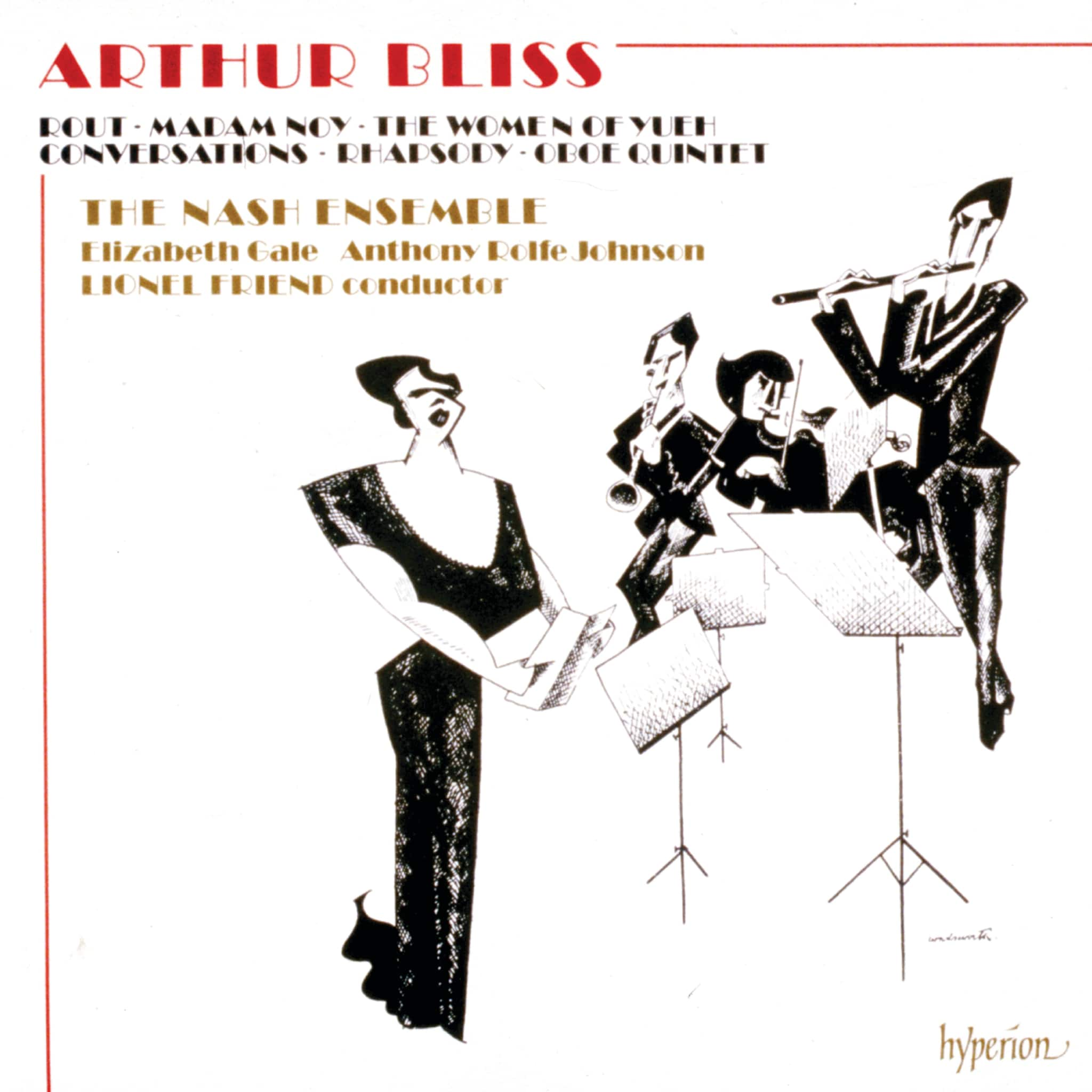Album insights
John Tavener's music always had a connection to eternity, astonishing those bound by a narrow Western tradition. The spiritual treatments in his music reveal remarkable diversity and continual surprises. Initially, the element of surprise stemmed from shedding the unnecessary, seeking the essential in music and spiritual realms. This pursuit led to a plethora of musical works, ranging from miniature pieces to grand compositions like the Vigil Service and Eis Thanaton.
The earliest piece on this recorded collection, "As one who has slept," emerged towards the end of Tavener's career. This piece presents Christ's descent to the underworld on Holy Saturday, reflecting a time after the crucifixion's suffering and anticipation of resurrection's announcement.
Three years after, "The Bridal Chamber" was composed in memory of Pat Harrison, founder of the Little Missenden Festival, with whom Tavener shared a long-standing connection. Focusing on Christ as the bridegroom in Orthodox Church rituals during Holy Week, it incorporates Znamenny chant elements, blending luminous D major with added ninths and suspensions. This seemingly lavish enrichment was a recent development.
"Birthday Sleep," from 1999, tackles the incarnation theme based on Welsh poet Vernon Watkins's text. Unexpected harmonic shifts, alternating cadences in G major, E major, and B minor, create a disconcerting yet refreshing effect.
"The Second Coming," inspired by Yeats's poem, revisits themes from "The Bridal Chamber." Instability in a world turning away from God resonates throughout, symbolized by a C–D half-step subtly played on organ pedals initially. This tension underpins the composition, occasionally resolving to a simple C before returning. The choir mirrors this instability, singing a lullaby interrupted by hints of impending darkness.
Commissioned for the Festival of Remembrance at the Royal Albert Hall in London 2003, "Exhortation and Kohima" exudes a joy contrasting The Second Coming's mood, yet maintains harmonic unpredictability. Rooted in Laurence Binyon's "For the Fallen," tonal shifts from G minor to D major and B major bestow an ethereal quality.
"Butterfly Dreams," "Schuon Hymns," and "Shûnya," composed in 2003, mark a new phase in Tavener's work, embodying spiritual depth. "Butterfly Dreams," seemingly secular at first, symbolizes spiritual themes using butterflies metaphorically. "Schuon Hymns" reflect Tavener's interpretation of Schuon's vision of the Virgin Mary, embodying a blend of spiritual and erotic themes.
"Shûnya" uses Sanskrit words signifying "Emptiness" and "Hail, infinite light." With choir interplay and a temple gong's resonance, it evokes a Buddhist aura. The music transitions to a serene deep C, basking in the temple gong's radiant glow, invoking an ecstatic eternity.





